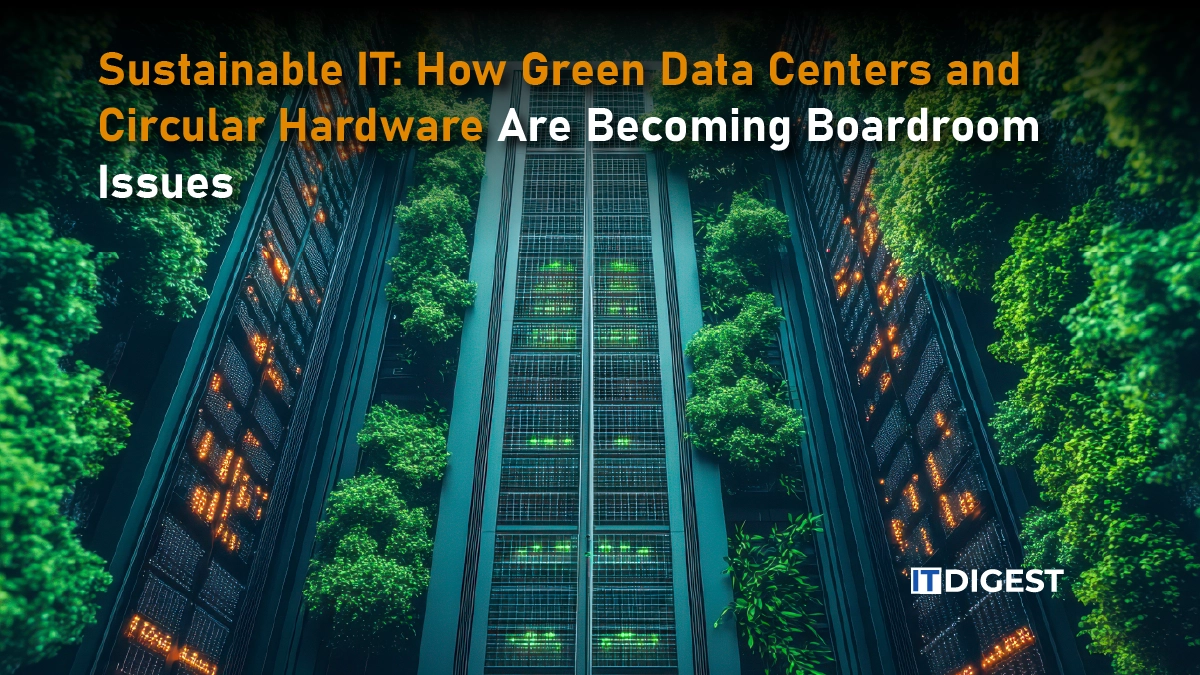fifty-five, a global MarTech consultancy that empowers brands to unite and fully optimize siloed data across all channels to drive business results, announces the findings of a study it conducted on the carbon impact of advertising campaigns, with a primary focus on digital. This study is the first iteration of a global and collaborative approach that allows brands to work together on their digital and energy transformation. The study, as well as the measurement methodology and best practices for reducing this impact, are available as an open-source tool, allowing anyone to access and leverage it to drive environmental improvements with regards to their digital marketing efforts.
“We chose to publish this study with the methodology in open source so that it can be shared and optimized by all in the industry,” said Robin Clayton, managing director U.S. for fifty-five. “Our goal is to encourage the advertising industry to collaborate and to think of ways to ultimately help the sector activate concrete levers to reduce the footprint of campaigns. Eventually, the objective will be to extend the scope of the study to other types of advertising campaigns, including TV, radio, print, out-of-home, etc., for broader use cases and impact.”
Also Read: Degreed Learning Experience Platform Now Available on SAP® Store
Global warming due to human activity requires all businesses to reduce their carbon footprint. However, the reality of this situation faces a major obstacle: the lack of accurate and reliable data on the real carbon “cost” of goods and services. At the same time, the digital ecosystem is responsible for more than 3.5% of the world’s greenhouse gas emissions and is growing at a rate of 6% per year, which is more than global civil aviation.
“We, as an industry, need to collaborate on this critical issue to help establish guidelines and best practices for brands, publishers and advertising technology providers to follow,” said Brian O’Kelley, advertising technology veteran and co-founder and CEO of Scope3, the source of truth for supply chain emissions data. “I’m excited to see fifty-five taking a leadership role in the movement to measure the carbon impact of advertising campaigns and how to address that to decarbonize advertising. I look forward to working with fifty-five to help drive this important initiative forward.”
The fifty-five study presents the issues related to the carbon footprint of a theoretical campaign and offers recommendations on the best ways to reduce its negative impact. To determine this, fifty-five leveraged existing work and a methodology for calculating greenhouse gas (GHG) emissions, based on an indicator common to all sources of emissions, namely the mass of CO2 equivalent (CO2eq). According to estimates by fifty-five, a single digital campaign can generate more than 70 tons of CO2eq, the equivalent of the carbon footprint of about seven people for a year.

































